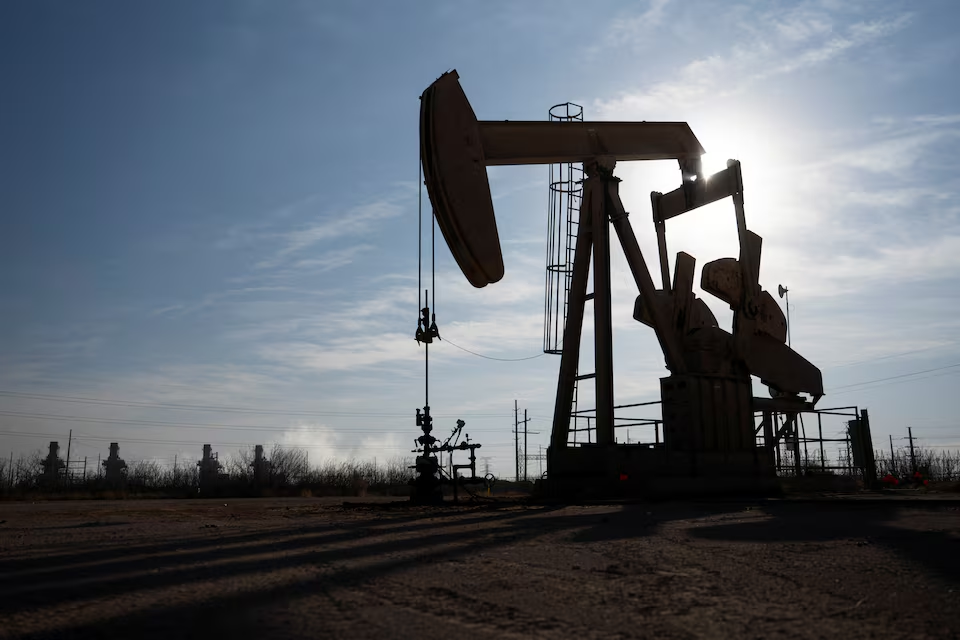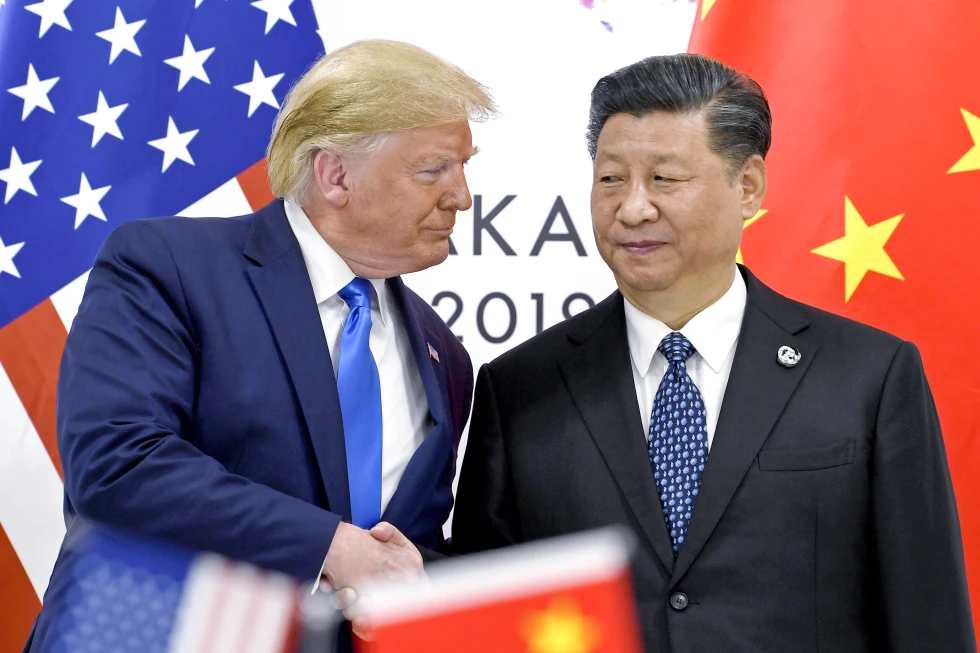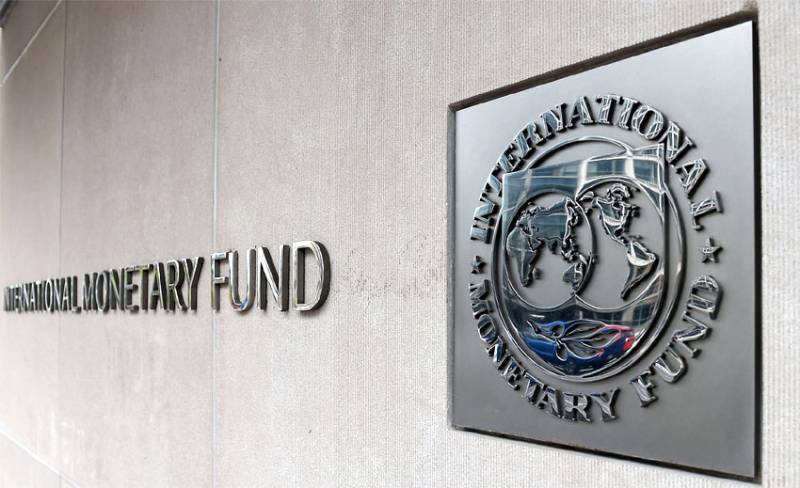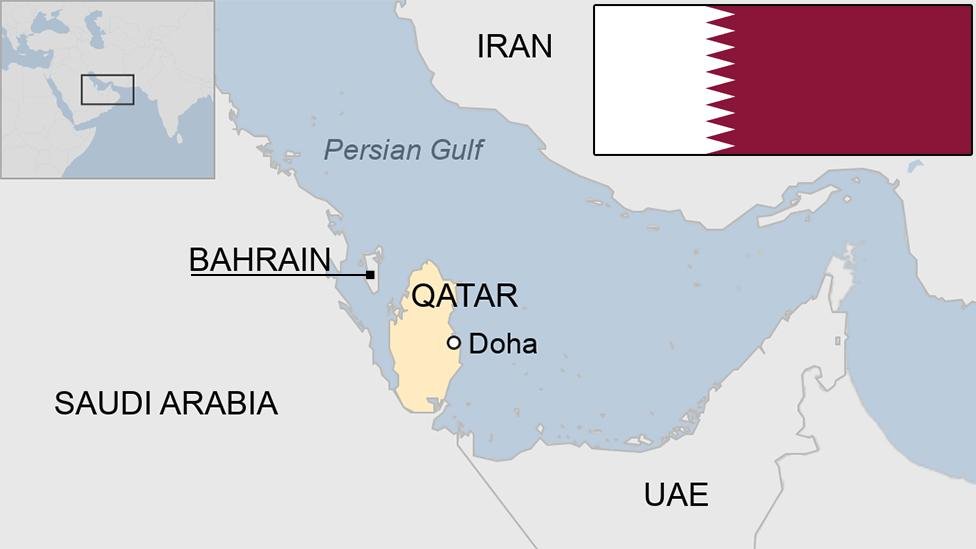Oil prices surged by around 2% on Monday, extending the previous week’s gains as the market reacted to escalating geopolitical risks. Traders are increasingly pricing in the possibility of new U.S. sanctions against Russia and further supply disruptions caused by Ukrainian attacks on Russian energy facilities. Brent crude futures saw a 1.58% rise to settle at $68.80 a barrel, while West Texas Intermediate (WTI) crude climbed 1.79% to close at $64.80.
The primary driver of market anxiety is the status of U.S.-brokered peace talks aimed at ending the three-and-a-half-year war between Ukraine and Russia. U.S. President Donald Trump has renewed threats to impose significant sanctions on Russia if meaningful progress is not achieved within two weeks. This pressure is compounded by his warning of harsh tariffs on nations like India for purchasing Russian oil. While U.S. Vice President JD Vance noted that Russia has made “significant concessions,” analysts suggest the talks are dragging, heightening the risk of sanctions.
Adding to supply concerns are Ukraine’s intensified attacks on Russian energy infrastructure. A recent Ukrainian drone strike caused a major fire at the crucial Ust-Luga fuel export terminal. Meanwhile, a blaze at Russia’s Novoshakhtinsk refinery, also triggered by a drone, continued to burn for a fourth consecutive day. This particular refinery has an annual capacity of about 5 million metric tons and is a key exporter of fuel products.
However, several countervailing factors are keeping prices in check. The market impact of potential Russian supply disruptions has been partially offset by OPEC+’s decision to reverse a series of production cuts, a move that is adding millions of barrels to the global market. Furthermore, while investors were encouraged by a signal from Federal Reserve Chair Jerome Powell of a possible interest rate cut, analysts note a lack of strong upward momentum. Lingering fears that President Trump’s tariff policies could ultimately hinder global economic growth and, consequently, limit fuel demand, continue to weigh on the market.
▶ YouTube















